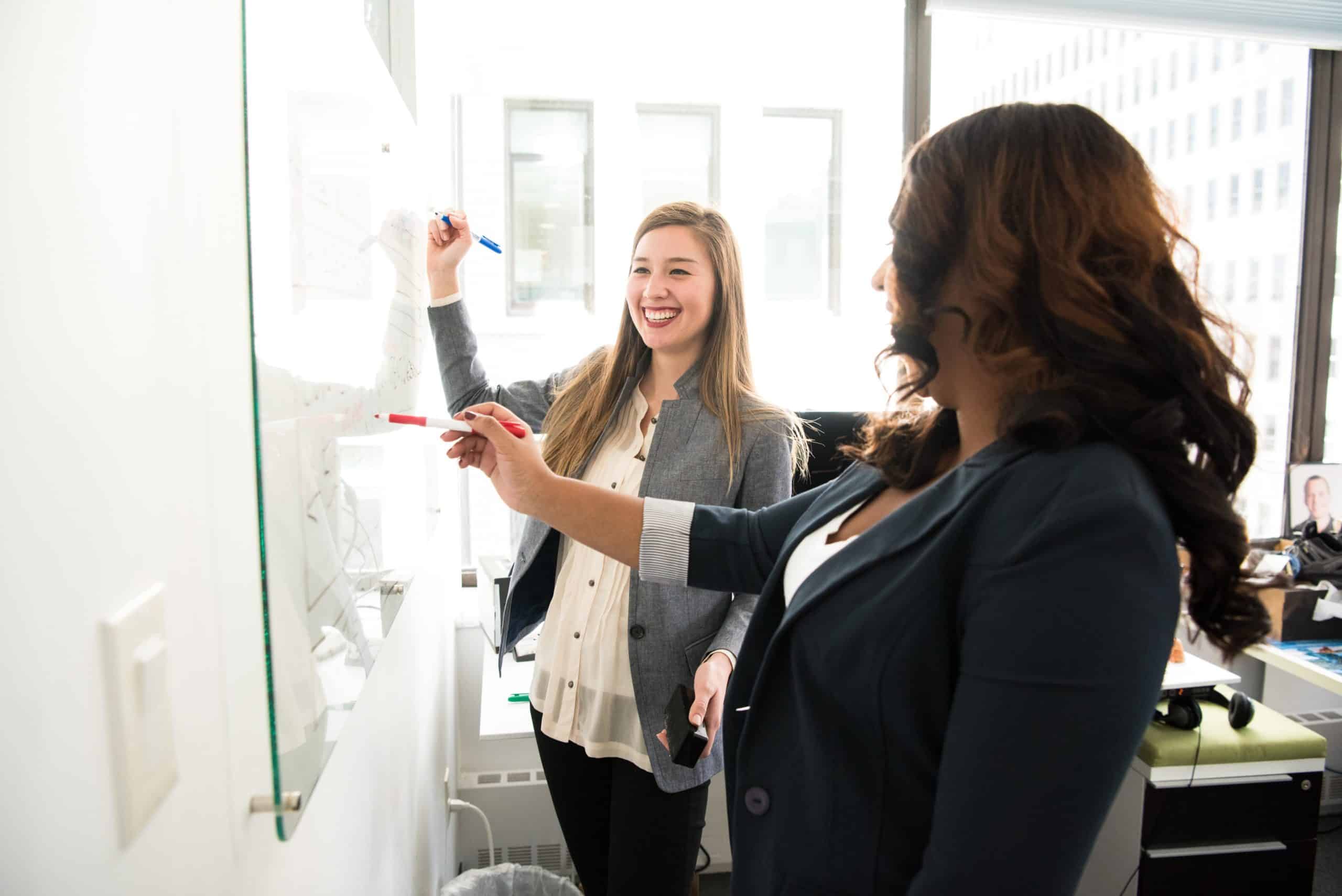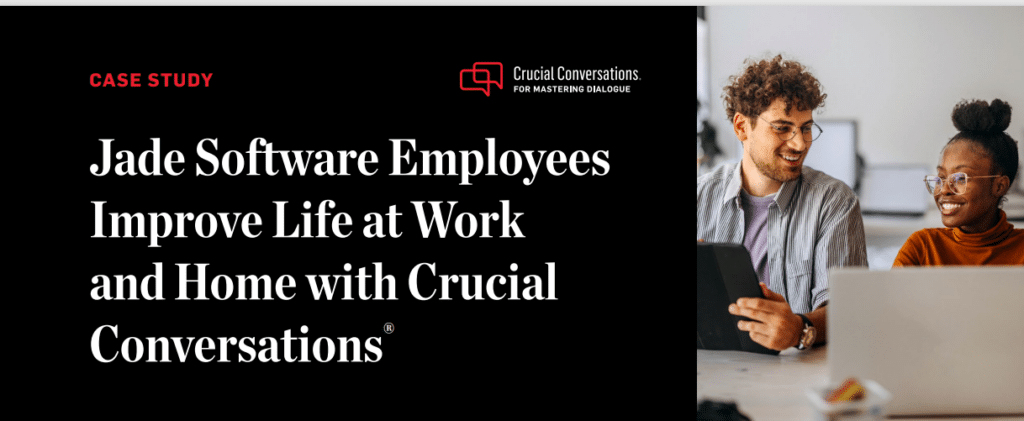So often we fixate on addressing bad behaviour or poor performance that we neglect the opportunities to help high performers develop new skills and achieve more.
While accountability skills are useful when working with employees who have missed the mark, they are also helpful when coaching employees who want to perform better. Accountability isn’t merely about holding people to the fire or making sure they do what they say they will do. Accountability is about helping people become the very best version of themselves so they can make their biggest and best contributions.
Often the biggest challenge of leading others is helping them see they need to improve. Let me offer three ideas to help you raise your game as you help them raise theirs.
- Identify the Gap
For underperformers, the gap is the space between expectation and performance. For high performers, the gap is the space between where they are and where they want to be.

Begin by asking your employee where he sees his own gaps. Ask questions like
“Where do you feel like you can grow?” or
“What do you need to take yourself to the next level?” or
“What’s the next step in your career and what do you need to get there?” or,
my favourite,
“If you were competing with yourself for your current role, what would you need to win?”
If your employee has a difficult time answering your questions, offer gentle recommendations or insights that encourage him to think and allow him to choose: “Here are a few things that have worked for me—do you think any of these approaches might work for you?”
You might also focus on your employee’s processes rather than his performance. Performance accountability evaluates individuals based on outcomes. Good outcomes are not always the result of good decisions or processes. Process accountability evaluates individuals on their decision-making process. Adam Grant says, “Focusing on results might be good for short-term performance, but it can be an obstacle to long-term learning.” Ask your employee, “Are there processes that can be improved?” “What habits if changed could lead to consistently better results?”
When you and your employee take the time to define the gap, you together develop a clearer vision. This is vital because if you can’t see the gap, you can’t build the bridge.
- Build the Bridge
Now that you have a clear picture of your employee’s gap, you can help him begin to bridge that gap. When building any bridge—but especially a bridge to greatness—it’s important to identify roles.
You are both key stakeholders. But in order to optimize performance and ultimate construction, it’s important that your employee act as lead architect and engineer. You serve more as the general contractor and consultant. You oversee and manage the coordination of the project and provide anything needed to bring it to completion.
As the general contractor, start by establishing parameters or boundaries. What constraints will there be as you work on a development plan? Is there a budget? Timeline? What resources are available?
With parameters in place, let your employee now take the lead on how to build the bridge. No one better understands what he must do to close the gap, to build the bridge, than him. Work together to brainstorm and craft a plan.
- Provide Support
With a plan in place, remember that life is complicated. It won’t be the sureness of the plan that will lead to success, but rather the ability to be flexible as you execute the plan and adapt as necessary. There will be plenty of competing projects and priorities along the way. Provide support by doing two things:
Establish regular check-ins. Make sure you regularly and consistently meet to discuss how things are going. These should be check-ins, NOT check-ups. Allow your employee to return and report. Ask whether and how he needs your help.
Acknowledge growth and recognize small wins. Personal and professional development can be challenging because there isn’t a definitive result, outcome, or arrival. Look for and create opportunities to recognize growth and development. This can be done both publicly and privately. The goal is to reinforce particular behaviours, practices, or activities that result in better performance and better results.
Greatness is a lifelong pursuit, a way of living rather than something we arrive at. As leaders we have the wonderful opportunity to assist others in that effort. And we can help them align performance with potential by holding them accountable in the ways I’ve outlined above.





